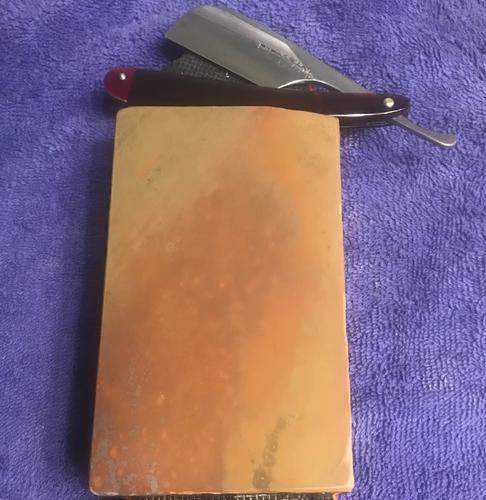Results 1 to 10 of 982
Thread: J-Nat club
Hybrid View
-
05-08-2019, 05:40 PM #1

Those stones with a pronounced ‘bubble’ structure of lighter material with yake around the bubble is a tell for a Nakayama or a close by mine - it’s what’s caused the yake pattern in the harder stones above that I posted.
Asagi, I believe, refers to an egg color, but it’s a blue egg like a robin’s egg or a blueish green color. Here’a link to asagi colored cashew laquer at hyper-cafe, it isn’t yellow, though it could be considered a yellowish blue. Maybe.
Cashew Urushi Asagi (87)HyperCafe Japanese Sword Shop, providing the supplies and fittings for various Nihonto swords, as Shinken, Katana, Iaito, Nihonto,Gendaito,Samurai Swords, Tachi,Tanto, Wakizashi, and Antique Swords for martial arts for the pra
-
05-08-2019, 06:17 PM #2

Id be interested if there was a website that identified Jnats. I know it would still be someones opinion but if some of the masters have done this it could be helpful. Anyone know of any?
Guessing here but I think my shobu 100 i bought 3 or 4 years ago is an Asagi. Although its just a gray in color. Its hard, but not as hard as other Asagi stones.
This identifying website would need to be broke down in mines too.It's just Sharpening, right?
Jerry...
-
05-08-2019, 06:31 PM #3

There’s no real website or book that does that definitively, partly because many of the signs or ‘tells’ were common to more than one mine. It wasn’t a big place. All of the eastern mines, the ones that produced the finest razor hones, were all within a day’s walk from Kyoto, and as Alex Gilmore has said many times, a lot of the mines were within a good golf shot of each other - so the geological differences or difference in appearances were sometimes quite small.
The only definitive sign that I know of is the black, sparkly, burnt toast skin that’s unique to Nakayama, per Alex.
There are other signs of course, a cloudy structure, namazu-filled lines, the ‘ring’ or kan pattern, etc but several mines shared these, none of them are unique to a specific mine.
-
The Following User Says Thank You to Steve56 For This Useful Post:
Gasman (05-09-2019)
-
05-08-2019, 09:36 PM #4

Like Steve said some Jnat guys know tell tell signs of mine provenance. If you read on So Yamashita's site he specifically refers to being able to tell certain characteristics of Okudo for example but he doesn't go into details. From an old blog Jim Rion wrote I remember reading his trip to visit Hatanaka- San and he took a yellow stone with him which he thought was Nakayama. Hatanaka - San said nope, it isn't.
The rest of us rely on what the sellers tell us and hope for the best.
Off course everybody will say mines don't matter, well they don't if the stone delivers and does it's job but at the same time certain mines command higher prices. A grey shobu is cheaper than a same size grey Nakayama.Last edited by alex1921; 05-08-2019 at 10:39 PM.
-
05-10-2019, 03:17 PM #5Senior Member

- Join Date
- Jan 2015
- Location
- Apex NC
- Posts
- 534
Thanked: 90
So these are various kiita base colors I have some have karasu, Iromono and other patterns that change it a bit, but I would call all the base color kiita to different degrees. I took pics at different angles and lightning the best I could to try and show how that can effect the look a bit. These are all dry pics.
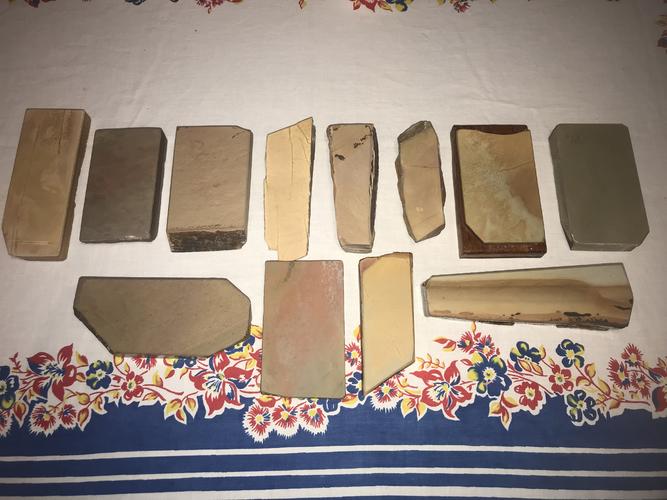
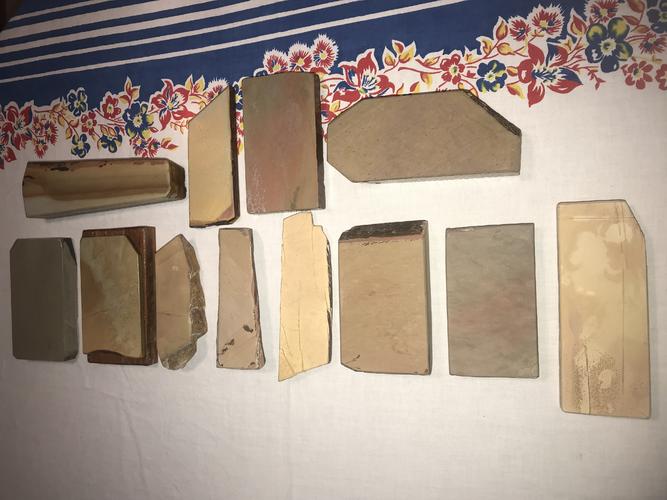
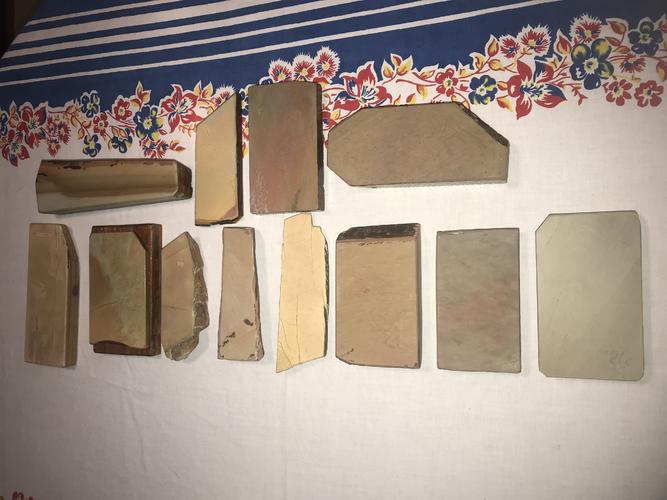
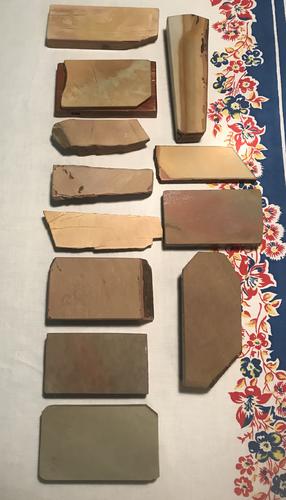
-
05-10-2019, 04:22 PM #6

I sure cant argue what is Kiita and what isnt. But a couple of those look a bit dark. Just making the comment. Nice group of stones!
It's just Sharpening, right?
Jerry...
-
05-10-2019, 06:08 PM #7Senior Member

- Join Date
- Jan 2015
- Location
- Apex NC
- Posts
- 534
Thanked: 90
-
10-11-2019, 02:39 PM #8

With the risk of reading pickie here, I easily spot two distinct kiita in your group photo. The kanji for "ki" really does mean yellow, but as you have found out, a lot of the stones make a slurry that is yellow even though the stone might looks slightly red or orange. And the yellow kiita stones, their dried slurry usually dries white. The mineral composition of almost all of the Jnats contain yellow sand to a lesser or greater degree. The green asagi have hints of yellow, while the blue and gray asagi show less yellow, but there will be some. Silica is essentially white or clear, it is the clay that is red or yellow or brown, and sand it not 100% silica, Jnats are at the highest 65% silica, the other components make up the "mud" and include titanium and aluminum oxides plus 8 to 10 other components depending on the type of stone. Kiita, true kiita yellow stones are fairly rare, the kiita koppa are just that, bits and pieces. Large full size kiita are hard to locate. And probably more reside in the U.S. now than in Japan because of our active buying these past 25 years.
Hope this helps somehow,
Alx
This is what I call a Happy Kiita Camper
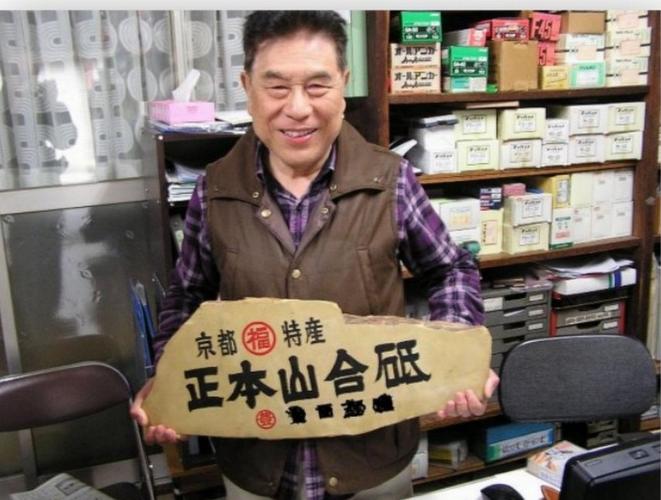
[QUOTE=rideon66;1872652]So these are various kiita base colors I have some have karasu, Iromono and other patterns that change it a bit, but I would call all the base color kiita to different degrees. I took pics at different angles and lightning the best I could to try and show how that can effect the look a bit. These are all dry pics.


Last edited by alx; 10-11-2019 at 03:10 PM.
-
10-11-2019, 08:35 PM #9Senior Member

- Join Date
- Jan 2015
- Location
- Apex NC
- Posts
- 534
Thanked: 90
[QUOTE=alx;1885626]With the risk of reading pickie here, I easily spot two distinct kiita in your group photo. The kanji for "ki" really does mean yellow, but as you have found out, a lot of the stones make a slurry that is yellow even though the stone might looks slightly red or orange. And the yellow kiita stones, their dried slurry usually dries white. The mineral composition of almost all of the Jnats contain yellow sand to a lesser or greater degree. The green asagi have hints of yellow, while the blue and gray asagi show less yellow, but there will be some. Silica is essentially white or clear, it is the clay that is red or yellow or brown, and sand it not 100% silica, Jnats are at the highest 65% silica, the other components make up the "mud" and include titanium and aluminum oxides plus 8 to 10 other components depending on the type of stone. Kiita, true kiita yellow stones are fairly rare, the kiita koppa are just that, bits and pieces. Large full size kiita are hard to locate. And probably more reside in the U.S. now than in Japan because of our active buying these past 25 years.
Hope this helps somehow,
Alx
This is what I call a Happy Kiita Camper

Alex yes a few are easily identified as kiita. Most of mine i think 9 in this pic are actually iromono to some degree so being how I am and wanting to try and understand details that are probably irrelevant since it would be just iromono. I want to try and decipher the base color. After sending some to Steve for his enjoyment I agree that best razor hone is an asagi base color. More green. One or two others maybe also and some are more of a brown which I guess is still kiita at least how most would sell it if there was not iromono in it. I guess I could also dry slurry and see.
And for your enjoyment here is another iromono you may like Alex.
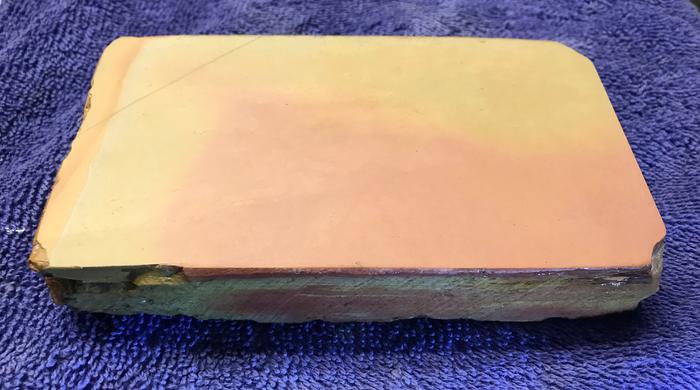
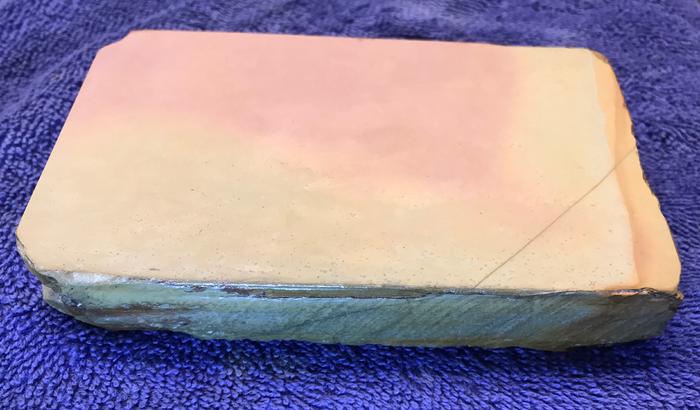
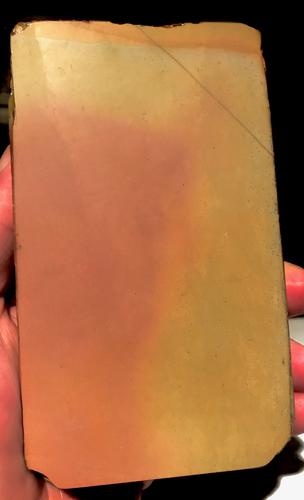


 2050Likes
2050Likes LinkBack URL
LinkBack URL About LinkBacks
About LinkBacks






 Reply With Quote
Reply With Quote


